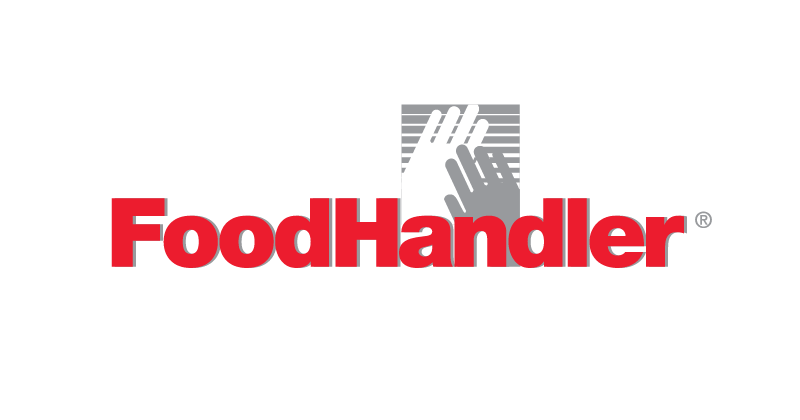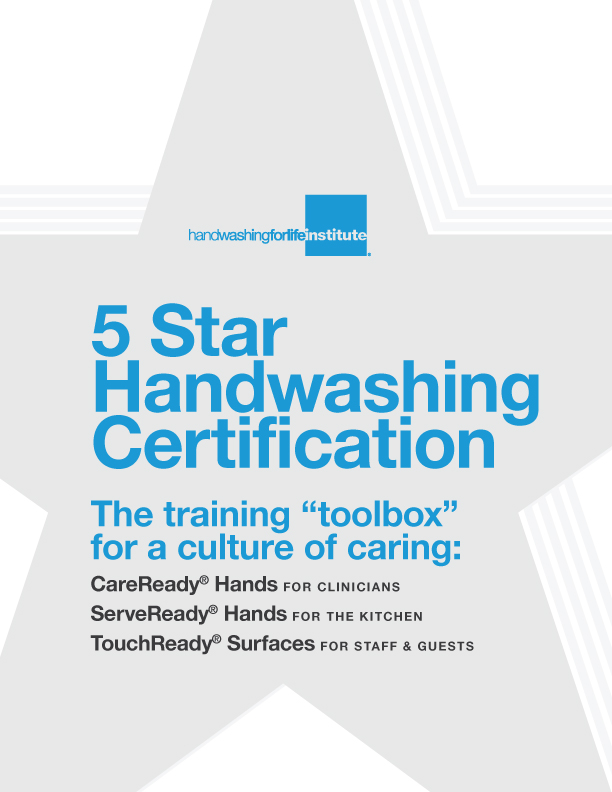FoodHandler is the established expert in safe food handling, providing gloves, bags, and apparel products to the foodservice industry. As a national leader in foodservice safety with over 40 years of experience, FoodHandler offers recommendations for the most effective ways to use disposable gloves in food preparation. NSF certified products.

Single-Use Gloves
An Effective Weapon in the Prevention of Foodborne Illness
Well formulated hand soaps, liquid, and foam provide both effective cleaning and an incentive to wash frequently. Failure on either pointcuts compliance levels and raises operator risk.
Fact vs Fiction
Myths and misconceptions have been placed in our minds by well-meaning, but uninformed people with outdated research and old technology. Science is an ever-evolving process –facts are supported by data and results. These may save a life:
Fiction
All single use foodservice gloves
are the same.
Fact
False. While most gloves are mass-produced by off-shore suppliers, the similarities stop there. Foodservice gloves are available in different materials and sizes to suit various needs in the operation. There are differences in the choice of raw material grades, powdered and powder-free finishes and in the cleanliness of the processing environment. The best foodservice gloves are produced in highly sophisticated environments with documented quality assurance systems.
Fiction
If you choose the right glove, one size fits all.
Fact
False. Glove fit is the most important factor for employee’s willingness to wear and use gloves properly. Size matters.
Fiction
Wearing gloves is more important than changing them.
Fact
False. During an inspection, bare hand contact with ready-to-eat foods might receive a violation from the health inspector before wearing a dirty glove does, but it doesn’t change the fact that frequent glove changes are a must in preventing cross-contamination.
Fiction
New gloves commonly arrive
with microscopic pin holes.
Fact
True, if selected by foodservice managers or purchasing managers who are uninformed about glove companies and the quality of their products. Look for the NSF seal for an assurance of quality not apparent to the naked eye.
Fiction
Wearing gloves eliminates the need for handwashing.
Fact
False. But this view is a common indicator of an untrained worker. Proper training by management highlights the need for handwashing before donning gloves as well as after their removal.
Fiction
The primary use of gloves is to protect the worker.
Fact
False. Without training, workers can easily be confused as to whether gloves are donned to protect themselves or the public. Workers must be trained to understand that food contact gloves are worn to protect the food, not the worker. Educating foodservice
workers on the connection between fecal-hand-oral contaminations and foodborne illness can help them understand why food contact gloves are so important.
Fiction
Latex allergies prevent the use of gloves in foodservice.
Fact
False. If latex allergies are a concern, there are many different types and styles of single-use foodservice gloves that are latex-free. Gloves made of poly, vinyl, and other synthetics are
free of latex.
Fiction
Wearing only one glove is against the law.
Fact
True. In many jurisdictions, this is the case. Simultaneous multitasking makes this practice appealing. “If I handle money with one hand and food with the other, there is no need to change gloves.” Wrong. There is no “1/2 and 1/2” choice on the inspection form.
Fiction
Workers intuitively know when to change gloves.
Fact
False. Efforts to drive down labor costs mean that workers are challenged by the pace of food service and might not take the time to change an undamaged glove. This is where Management’s commitment to proper glove use is key in providing workers with adequate supplies and reminders to wash hands and change gloves frequently.
Fiction
The public prefers to see clean hands rather than gloved hands in foodservice.
Fact
False. The public wants to see gloves and see them changed along with handwashing. Seeing a food worker emptying the garbage, cleaning restrooms, and serving food with the same glove is enough to drive good customers away forever.



